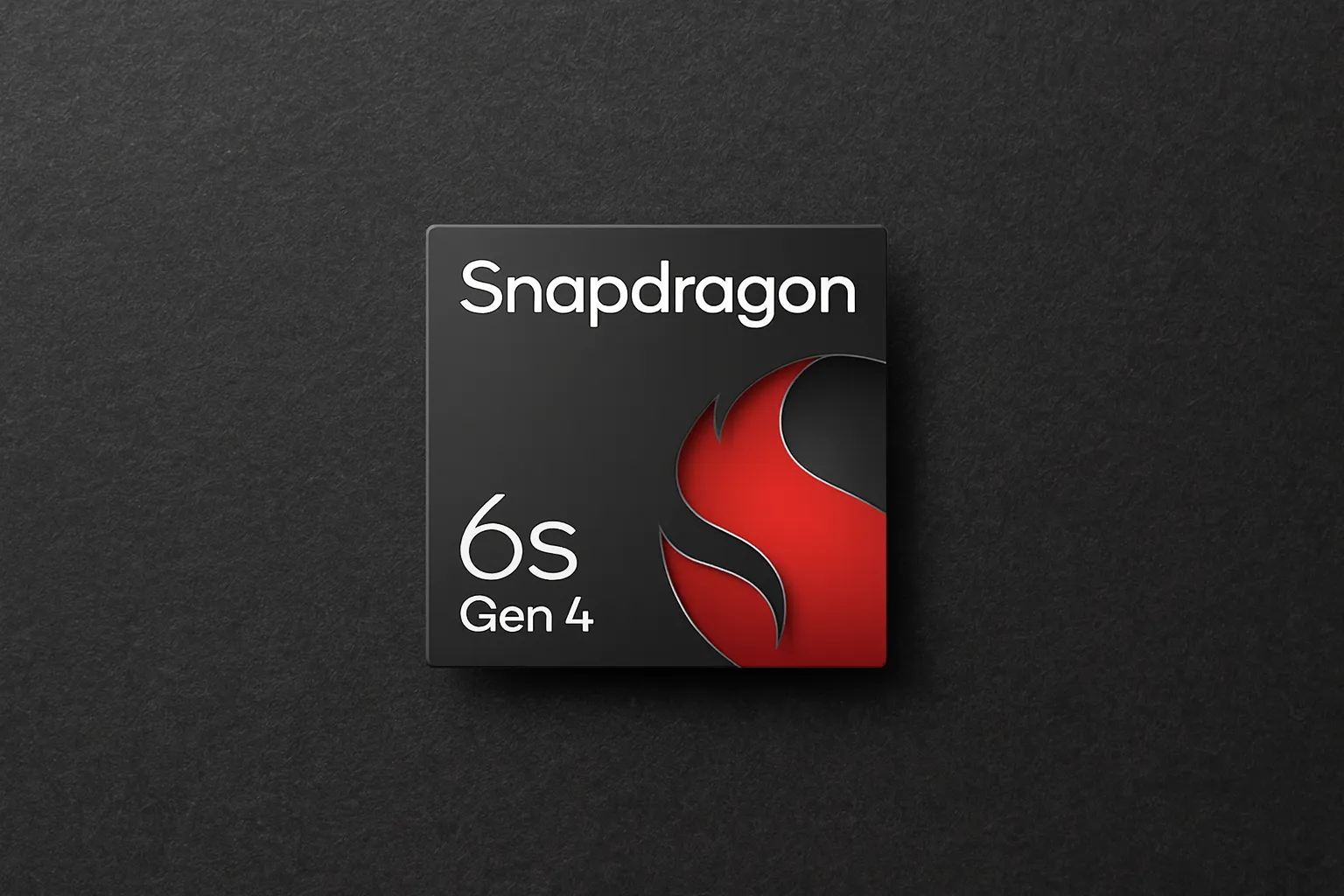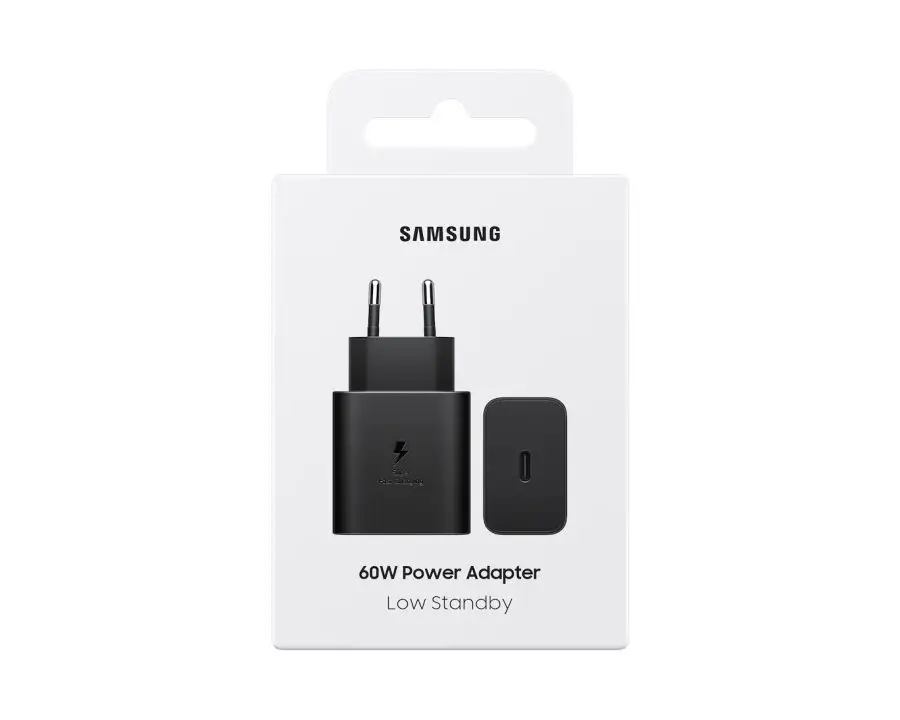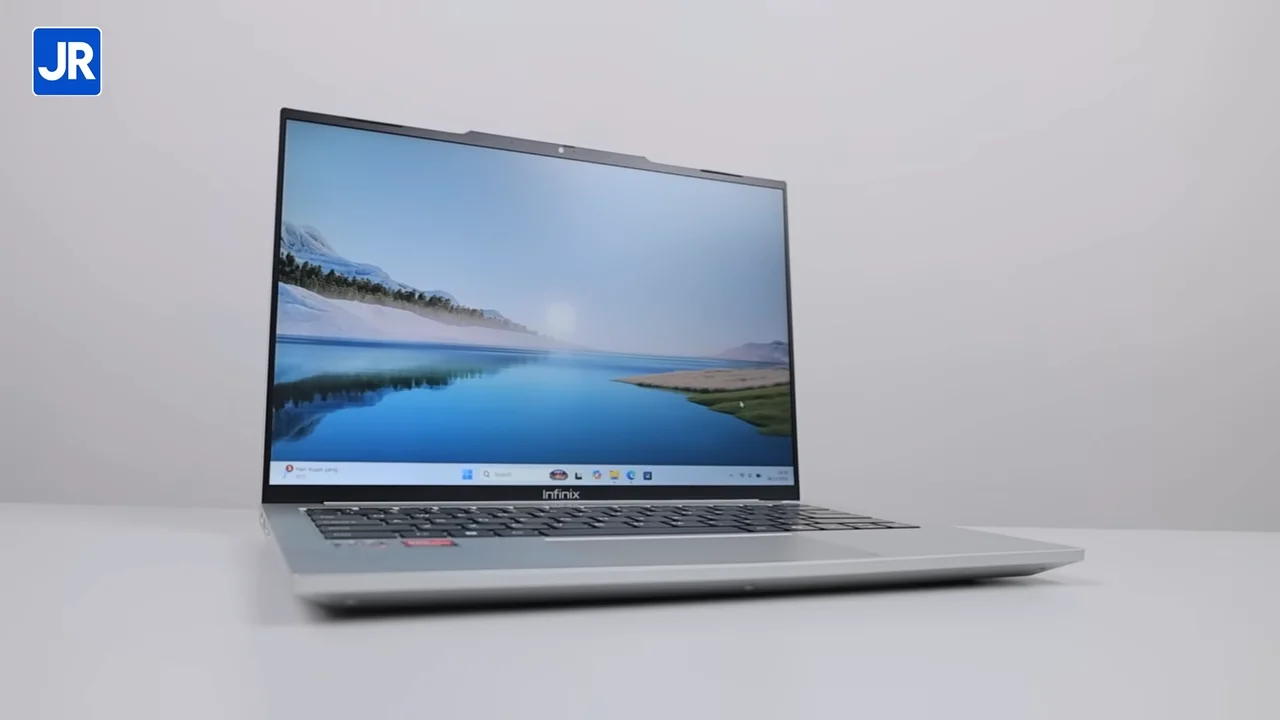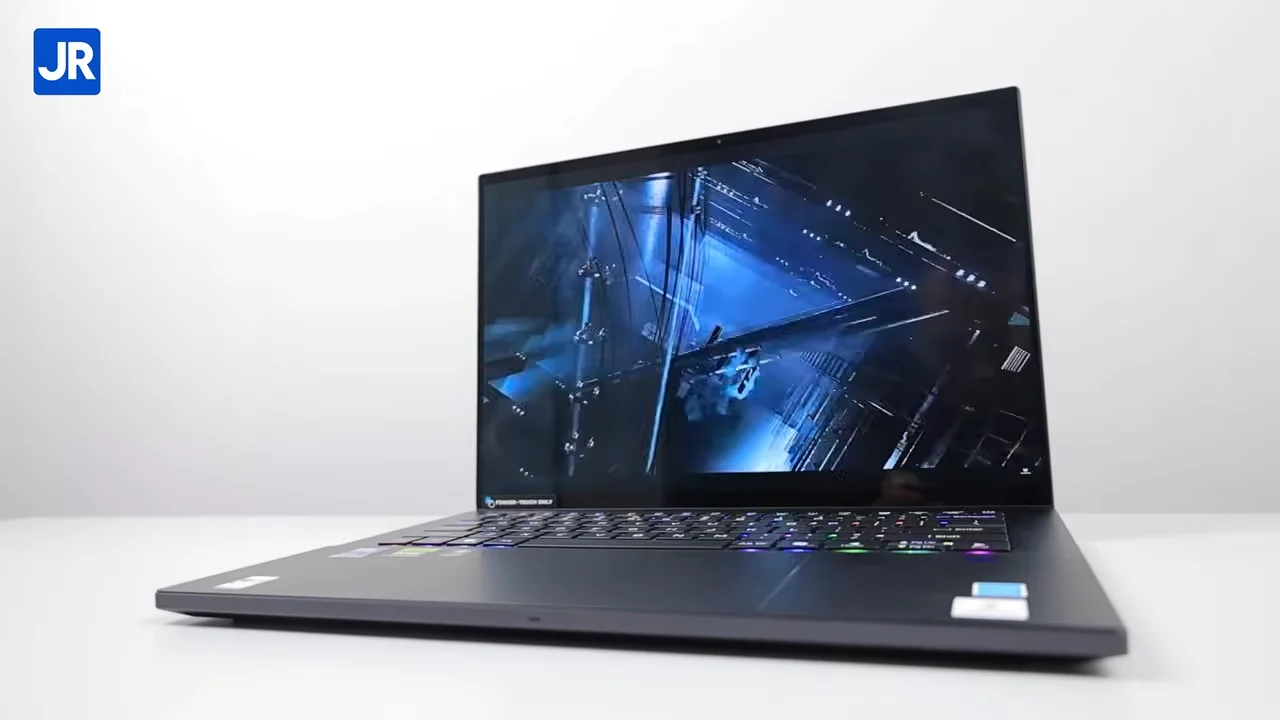AMD Phenom II X6 1055T and 1090T: More Cores, Less Price
The year 2010 will be remembered as one of the most significant milestone in the history of desktop computers. In this very year, 6-core processors began their debut in the consumer market, after previously being released in their server-class versions.
Intel became the first processor manufacturer to introduce 6-core processors to desktop computer users. Their Core i7 980X, codenamed “Gulftown”, is a six-core, flagship CPU which is included in the Extreme Edition series of processors. It comes with an unlocked multiplier and a hefty price tag of US $ 999. Like all the Extreme Edition processors, it’s targeted primarily towards the overclockers and PC enthusiasts.
Only a couple of weeks away from the launch of Intel’s six-core Gulftown, AMD followed by releasing their own line of hexa-core CPUs, the Phenom II X6, previously known under its ‘Thuban” codename. Slightly different from Intel’s approach in this matter, AMD’s first two offerings, the Phenom II X6 1055T and Phenom II X6 1090T Black Edition, entered the fray with friendlier prices and are targeted towards a more mainstream segment of the market. Each processor hits retail stores at US $199 and US $289, respectively. Of course, considering the huge price gap, these two six-core processors would not meet the Core i7 980X head-on. Higher price usually means more performance, and this six-core CPU battleground is no exception. However, thanks to their more affordable prices, AMD’s six-core selections could provide a more viable alternative to the average users.
AMD Phenom II X6
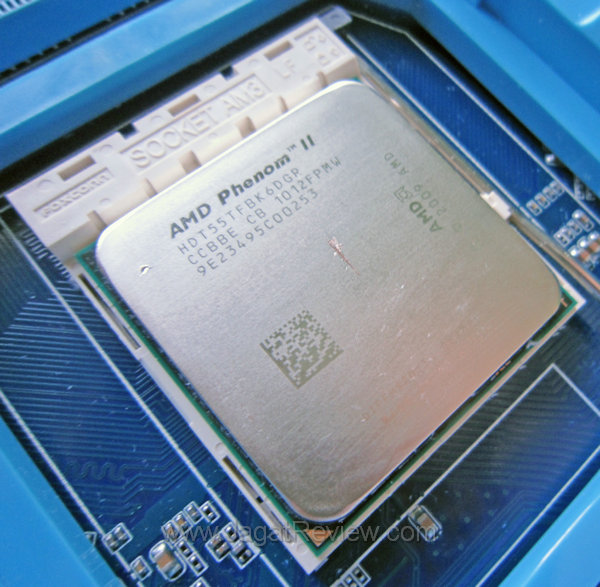
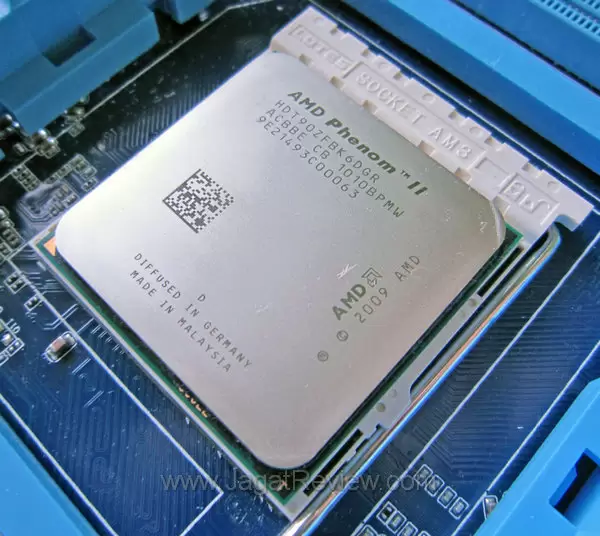
Specifications
| Processor | AMD Phenom II X4 965 | AMD Phenom II X6 1055T | AMD Phenom II X6 1055T | AMD Phenom II X6 1090T BE |
| # of Core | 4 | 6 | 6 | 6 |
| Clock Speed | 3400 MHz | 2800 MHz | 2800 MHz | 3200 MHz |
| Turbo Clock Speed | – | 3200 MHz | 3200 MHz | 3600 MHz |
| Hypertransport Frequency | 2.0 GHz | 2.0 GHz | 2.0 GHz | 2.0 GHz |
| Voltages | 0.825-1.40 V | 1.075-1.375 V | 1.075-1.375 V | 1.125-1.40 V |
| TDP | 125 W | 125 W | 95 W | 125 W |
| Max Temps (C) | 62 | 62 | 71 | 62 |
| L1 Chace per core (KB) | 128 | 128 | 128 | 128 |
| L2 Chace per core (KB) | 512 | 512 | 512 | 512 |
| L3 Cache (KB) | 6144 | 6144 | 6144 | 6144 |
| Fabrication Process | 45 nm | 45 nm | 45 nm | 45 nm |
| Socket | AM3 | AM3 | AM3 | AM3 |
For starters, AMD offers two six-core processor variants: the Phemom II X6 1055T and the Phenom II X6 1090T Black Edition. The latter is equipped with an unlocked multiplier, which makes overclocking significantly easier to do because the multiplier can be freely modified to tweak the processor’s speed without affecting any other peripheral inside the system.
Similar with the previous generation, the Phenom II X6 series of processors utilizes 45 nm fabrication processes. TDP remains at 125 watt, which is rather surprising since AMD added two more cores into the package. Aside from that, from the above table, we can also see that the 1055T comes in two TDP flavors: 125 watt and 95 watt. To find out which one is which, you just have to look at the OPN number printed on the packaging box of corresponding processors. The OPN number for 125 watt Phenom II X6 1055Ts is “HDT55TFBK6DGR”, while its 95-watt, identical twin should have an OPN line that reads “HDT55TWFK6DGR””.
Both the AMD Phenom II X6 1055T and Phenom II 1090T Black Edition use the same socket AM3 (938-pin) package, granting backward compatibility with previous-generation socket AM2+ platforms. While the latest AMD 800-series chipsets natively support this 6-core processor, you can also install them on older boards, such as those based on the AMD 700-series chipsets or some other chips from NVIDIA. All that is required is a BIOS update.



